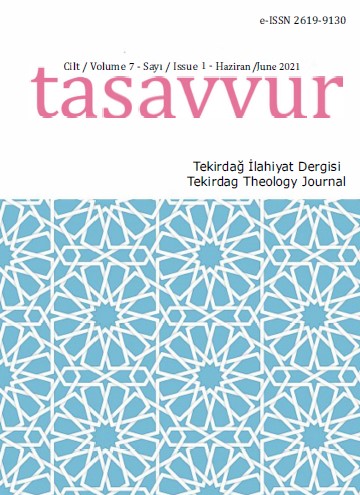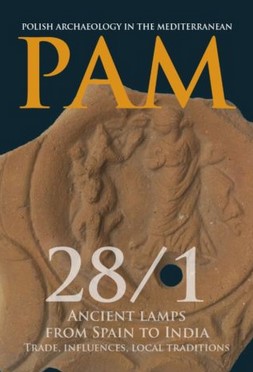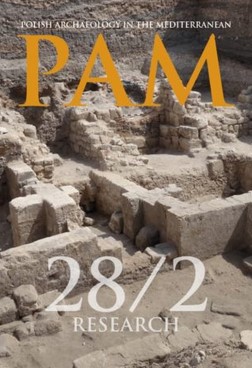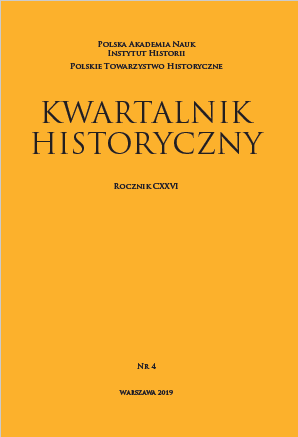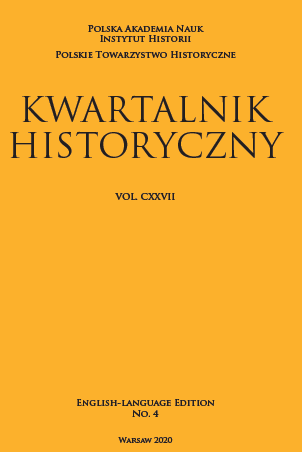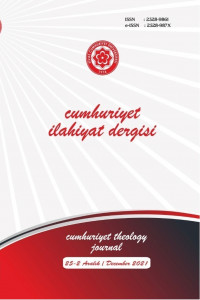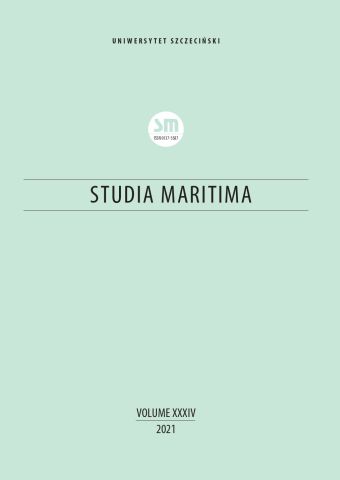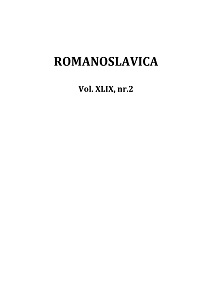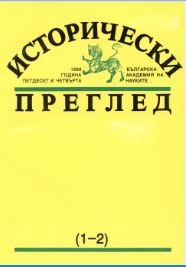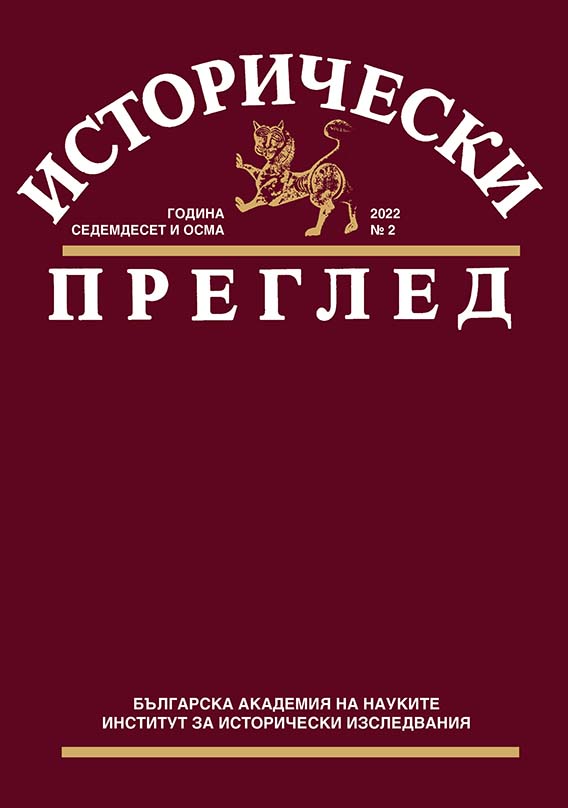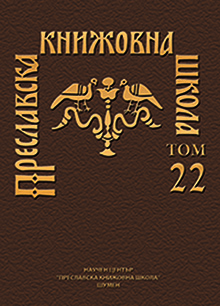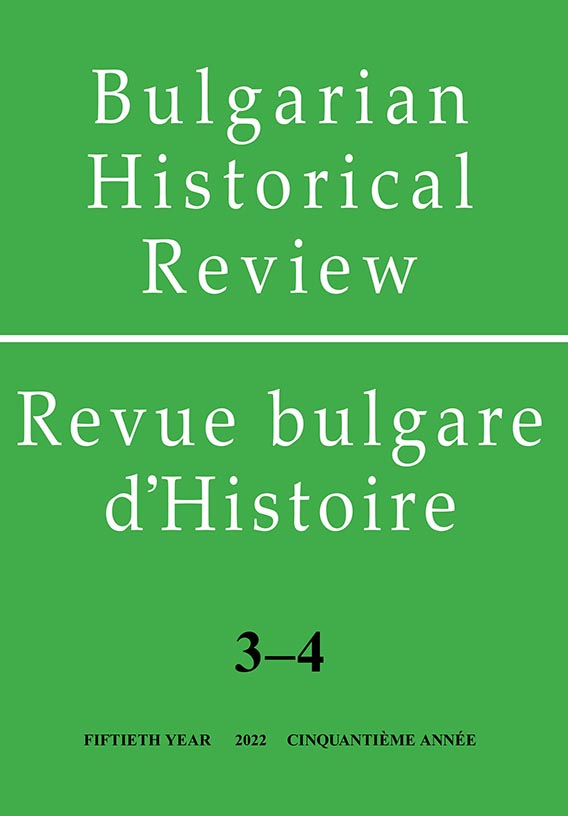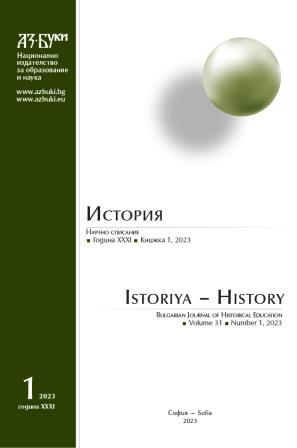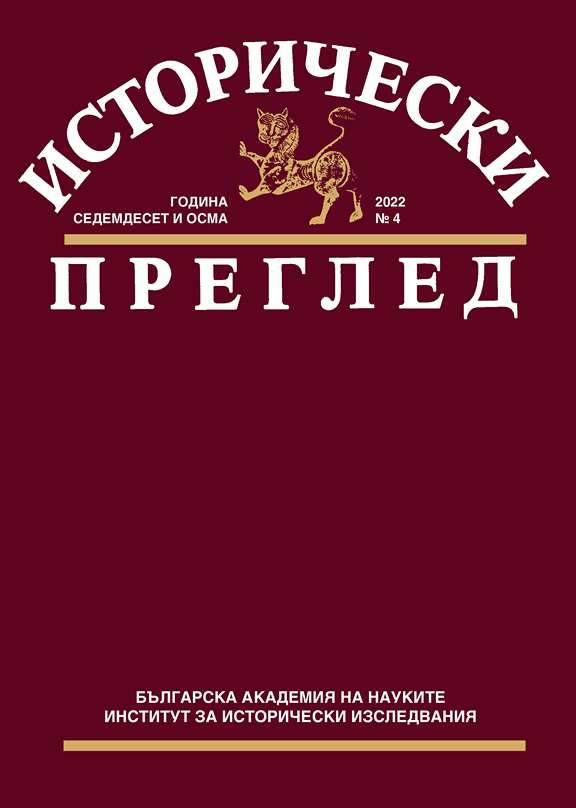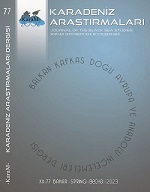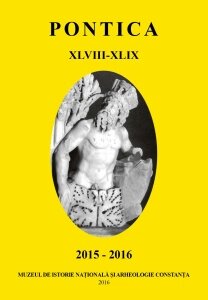
Aspecte privind prelucrarea metalelor în centrele din nordul Dobrogei în secolele X‐XV
In the present study, based on data from the archaeological research and documentary sources, we aim to review one of the main occupations of the northern Dobrudja settlements’ inhabitants in the 10th – 15th centuries. Along with farming, animal husbandry and fishery, various crafts and household occupations were wide spread within the local communities, producing tools and household items.The natural environment of North Dobrudja is an unique geological and geographical unit, being a useful mineral substances deposit. Some of these deposits present at the surface were accessible to the artisans who could extract the ore from these veins.This activity required thorough knowledge in procuring iron ore, combined with its reduction and processing. A large number of debris resulting from the ore reduction process, consisting of slag and iron blooms stands evidence to the development of this occupation. The waste and scrap indicate the existence of installations (furnaces) for iron reduction. Based on the arguments provided by the archaeological research, completing an informational vacuum, were certified both the ore reduction activities and the production of iron, copper, bronze, lead, gold and silver objects. This concern for the metal working was one of the constant occupations of the inhabitants of North Dobrudja in the 10th ‐15th centuries.
More...
